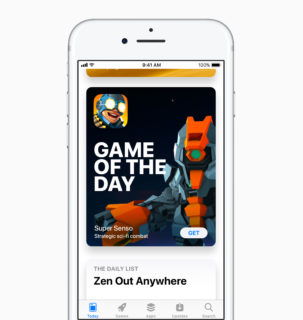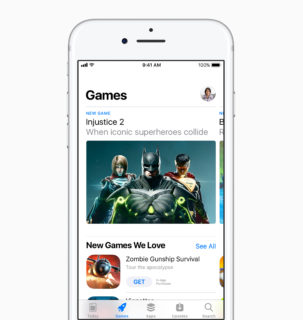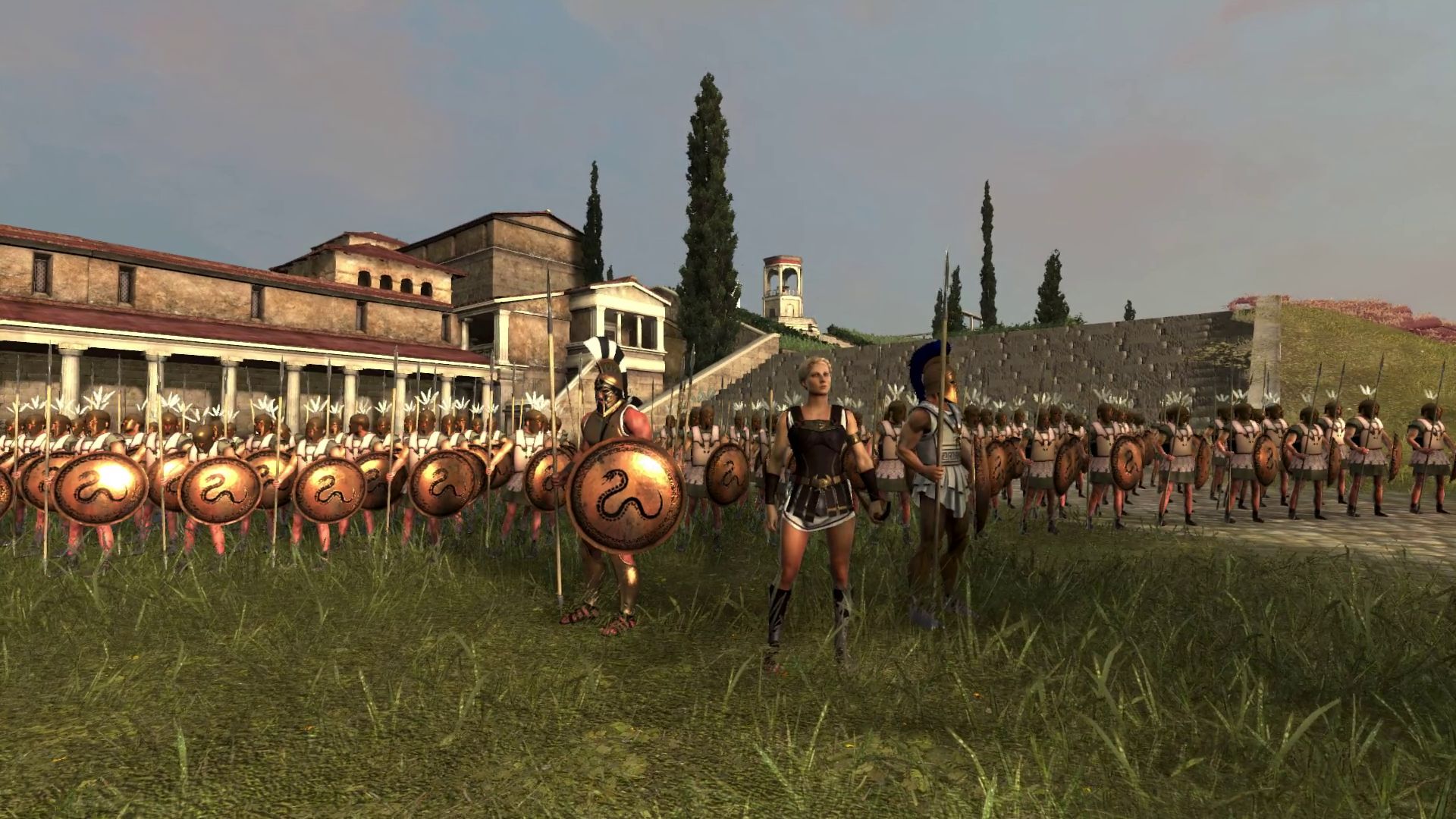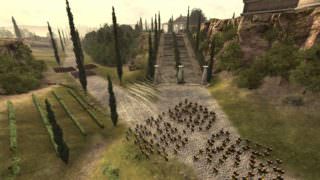Apple hosted its annual Wordwide Developers Conference (WWDC) in June, where it made several announcements pertaining to upcoming hardware, AR/VR support and new features. However, amid showing the new iMac and Macbook systems, the HomePod smart speaker and the iPad Pro 10.5, one announcement in particular drew a great deal of attention from the mobile games industry, and that was the major redesign of App Store when iOS 11 launches in the fall. The redesign will completely change the look and feel of the App Store, which is sure to have both major and subtle impacts on how users discover and interact with games.
Glu Mobile’s chief revenue officer Chris Akhavan spoke with AListDaily about what some of the upcoming changes are and how the gaming industry can take advantage of them to further promote titles such as Kim Kardashian: Hollywood, Restaurant DASH with Gordon Ramsay and MLB Tap Sports Baseball 2017.
 What are some of the most significant changes coming to the Apple App Store?
What are some of the most significant changes coming to the Apple App Store?
First, I think it’s beautiful, and there’s definitely a big upgrade in its design. It is much cleaner and bolder, but biggest change is in how apps and games are now separated into two different sections. Previously, they were merchandised similarly on one page and were mixed in with each other in the charts.
Also, from a featuring perspective, Apple is moving toward a daily cadence that’s built around telling stories. If you go to the Featured tab on the current App Store, you’ll see a lot of apps featured every day. There’s a big list with a lot of small icons that you can scroll through. It’s an effective place to discover content, but there’s a lot coming at you with the layout. But Apple is moving toward a more editorialized featuring of fewer things—a fewer, bigger approach. The Today tab will prominently feature stories around apps. Users will not only find out about cool games, but they’ll also learn the stories behind those games. They’ll find out why the game is culturally relevant, whether it’s pushing the boundaries of the hardware, and how might be doing something graphically innovative. It’s much more like a magazine experience where you get these rich stories around the apps being featured—and that will be combined with a more frequent cadence.
The current App Store has a weekly cadence, while the new one will have a more frequent refresh. Hopefully, that means consumers will be coming to it every day to see what the featured app is, in the same way they check the news every day. Overall, I think it’s going to be very positive for the industry.
Do these changes primarily help established games or will new games see benefits?
I think they’ll benefit both, but there’s going to be an increasing benefit to games that are truly innovative. As Apple is looking to tell stories and feature compelling content that has something new to offer. Developers that are taking risks and innovating by creating something new are going to benefit from that. If you release something that’s a retread of something that has been done before, that might not make for a very compelling story. Apple also does a very good job of balancing and doesn’t just feature big developers or already successful games. The spend time looking at the indie community and highlight smaller studios with innovative products. So, the onus will be on developers to step up their innovation to be feature worthy.
How will these changes impact discovery?
I would call out what’s changing on the game page itself. There are going to be some interesting changes coming to the pages where you download your games. First, it will allow you to have multiple video assets there. Currently, we’re only allowed to have one trailer, so there’s going to be increased importance on video, and developers will have to learn to tell stories across multiple video assets instead of one single trailer.
Also, Apple is going to more prominently feature things like how games are ranking in various categories, and whether it has received Editor’s Choice or some of the other accolades. So, there’s a lot for developers to think about, particularly telling stories through videos.
The move to bigger and fewer does present some challenges, since the amount of games being featured each day will be dramatically reduced. But if you have one of those compelling stories, then I think you’ll see significantly higher downloads if you can make it onto the featured page.
 What kind of video content is Glu looking to produce to tell these stories?
What kind of video content is Glu looking to produce to tell these stories?
We are ramping up our investment in creative services both internally and externally. We’re also figuring out how we can tell compelling stories through multiple assets instead of the traditional model of stuffing a lot of cool things into one great trailer. Now we’re going to have to think about how we can put together three separate video clips that will both stand on their own and tell a story about why the game is compelling. That will probably mean going deeper into certain aspects of the game. One clip may emphasize the social aspects while another will talk about the core gameplay or graphics. We’re going to be separating key themes through multiple assets.
From an editorial perspective, we’re going to need to ramp up our efforts. As for pure execution, the amount of video content we produce needs to scale up in this new environment.
Users will also be allowed to make in-app purchases from the game pages. Will this be beneficial for mobile games?
That’s something that we’re looking into. To be honest, that doesn’t jump out to me as an immediate opportunity because generally, when people are making purchases in our games, they’re buying virtual currency to spend on various in-game items. Those purchase decisions are driven by how they want a particular outfit or furniture item, so it’s very contextual to being in the experience. It’s not immediately obvious to us why you would want to just go to the App Store without being in the game to buy game coins. So, maybe we need to think about new models where there are different types of purchases that users might want to make from the browser.
Are there any other changes that the mobile game industry should keep an eye on?
The Top Grossing chart is no longer in the App Store itself, and that may have an impact. Only Apple knows how many users click on the Top Grossing chart to discover new content, but obviously we in the industry are obsessed with it to see which games are making the most revenue.
Having it no longer be a consumer-facing chart is a pretty big change, although it ultimately won’t change anything for us. We’re still going to be focused on delivering hit games that that generate significant revenue whether or not consumers see a top grossing chart or not. But it will be interesting to see if there will be any changes from the user’s perspective when they can no longer click on that chart to see which games are making the most money.
Do you think Apple’s redesign will significantly impact the Android app stores, particularly Google Play?
I’m sure Google is always looking to improve and innovate with its own app store. I have to imagine that they’re looking at the big redesign on iOS and thinking about what the next move is for them. But one thing that I’ll say is different between the two is that Google has always taken a more algorithmic approach to serving content. I expect that they’ll continue to invest in making better recommendations based on users’ histories and the types of apps they normally engage with. Apple has leaned more toward the editorial side, with a team that looks over all the content and serves what they think is the most compelling. To me, that’s the biggest philosophical difference between the two stores.


 Creative Assembly relies heavily on its forums to communicate with its community, in addition to releasing
Creative Assembly relies heavily on its forums to communicate with its community, in addition to releasing 
 “Survival games are kind of in vogue right now, with a lot of great games out there,” Schwarz observed. “It seems like we’re hitting a nerve there. We’re positioning ourselves very closely to some of these games, which wasn’t planned, but it’s great to see that there’s strong potential for these types of games.”
“Survival games are kind of in vogue right now, with a lot of great games out there,” Schwarz observed. “It seems like we’re hitting a nerve there. We’re positioning ourselves very closely to some of these games, which wasn’t planned, but it’s great to see that there’s strong potential for these types of games.”